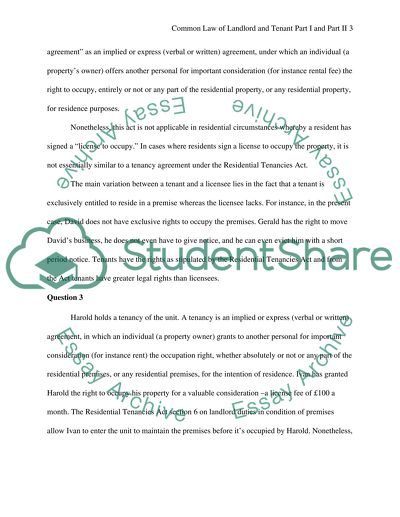Cite this document
(“Common Law of Landlord and Tenant Part I and Part II Essay”, n.d.)
Retrieved from https://studentshare.org/law/1397960-common-law-of-landlord-and-tenant-part-i-and-part
Retrieved from https://studentshare.org/law/1397960-common-law-of-landlord-and-tenant-part-i-and-part
(Common Law of Landlord and Tenant Part I and Part II Essay)
https://studentshare.org/law/1397960-common-law-of-landlord-and-tenant-part-i-and-part.
https://studentshare.org/law/1397960-common-law-of-landlord-and-tenant-part-i-and-part.
“Common Law of Landlord and Tenant Part I and Part II Essay”, n.d. https://studentshare.org/law/1397960-common-law-of-landlord-and-tenant-part-i-and-part.


